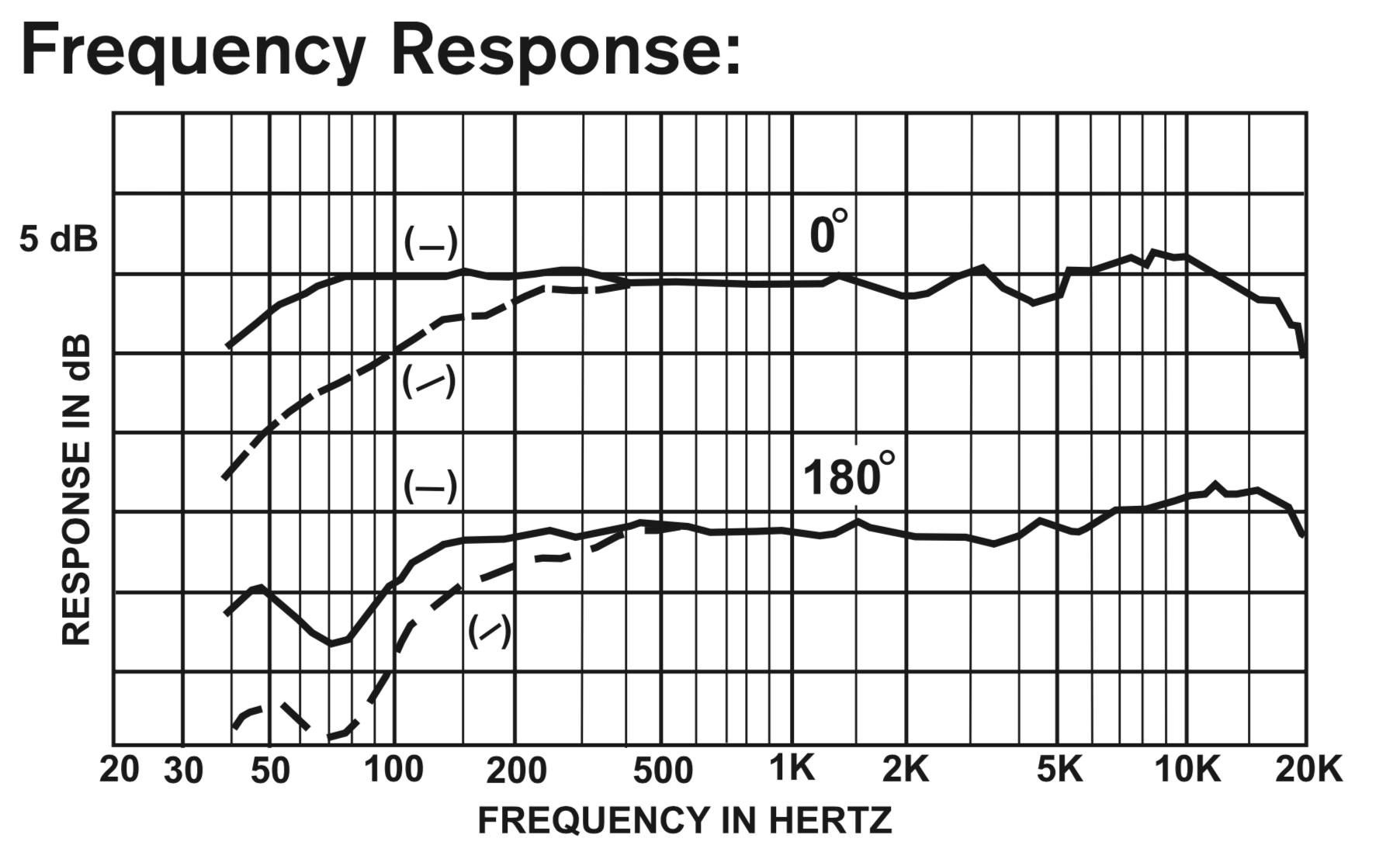Today we're looking at the brand new Dynamic USB Streaming Microphone from Razer, the Seiren Elite.
For the majority of this review, I was connected to my Mac, which did not have gain controls on my computer, but the gain on the microphone was set to 100%. On the windows machine, I set the computer gain to 77%, and the microphones gain to around 25%. The audio was then boosted in post, which is notated in the lower third on the video.
If you are interested in this microphone, it will set you back $200.00 on Amazon
What's In the Box
Microphone
Desktop Stand
Windscreen
3m Braided Cable
Documentation
Specifications
Frequency Response: 20Hz - 20kHz
Polar Pattern: Cardioid
Max SPL: 120dB
Features: Analog/Digital Limiter
Bit-Depth: 16-Bit
Sample Rate: 48kHz
Performance / Features
The build quality of this microphone is good for the most part. It has a metal body coated in a rubbery paint, it has a metal grill, and the desktop stand is metal with a good amount of weight and a foam bottom to keep it from sliding around your desk. On the downside, the dials are a bit wobbly, and they have no markings to assist in determining your gain setting or headphone volume.
The frequency response is listed as 20Hz - 20kHz. They do not provide a graph, but honestly, I don't think the graph would even help. The limiter is set so extreme that it sounds as though the audio is being overly compressed, which would affect the frequency response anyways.
The polar pattern of this mic is standard cardioid, and did a surprisingly good job at side and rear rejection which is exactly what you want out of a microphone that will be used in a noisy environment like a gaming room.
The overall performance of this device was a huge let down. First off, the noise floor on this thing was excessive, making all the audio sound dirty. The limiter also sounded as though the threshold was set too low, meaning it was activated too frequently, causing the recording to sound overly compressed. This mic also did not do a good job at rejecting shocks, so if you bump your desk at all, this mic picks it up, which is the last thing you'd want in a gaming microphone. Additionally, my unit had so much hiss in the headphone amp that it was almost deafening (I will be replacing this mic to determine if the headphone amp in another device is better).
Pros
Cons
Expensive for what you're getting
Unable to turn off or adjust the limiter
Can't turn off or adjust the mix of the 0 latency monitoring
The noise floor on this thing is too loud
Little to no shock absorption
The headphone amp (in my unit) was insanely noisy
Conclusion
I do not recommend this microphone at all. On paper, it's a nearly perfect streaming microphone, but in practice or execution it did not meet any expectations. So although I do not think you should buy this, I will be keeping my eye on Razer for the next iteration of this microphone to see if they improve this.
If Razer is reading this, I will give some suggestions. Please add software functions to this device to allow people to adjust the limiter's settings or turn it off. Please allow users to shut off zero latency monitoring, or at least mix between computer playback and 0 latency monitoring. Please add some kind of internal shockmount for the capsule to assist in shock absorption. Please put in a better preamp so the noise floor is not so loud in this device. However, I think you're on the right track here. I can't wait for the next iteration.
If you have any additional questions about this microphone, leave them on the youtube video, and I will try to reply ASAP.
Buy the Razer Seiren Elite (but are you sure?)
US: https://amzn.to/2K33ld7
UK: https://amzn.to/2jEGXLV
CA: https://amzn.to/2wlTYmP
DE: https://amzn.to/2rxGKOn

















